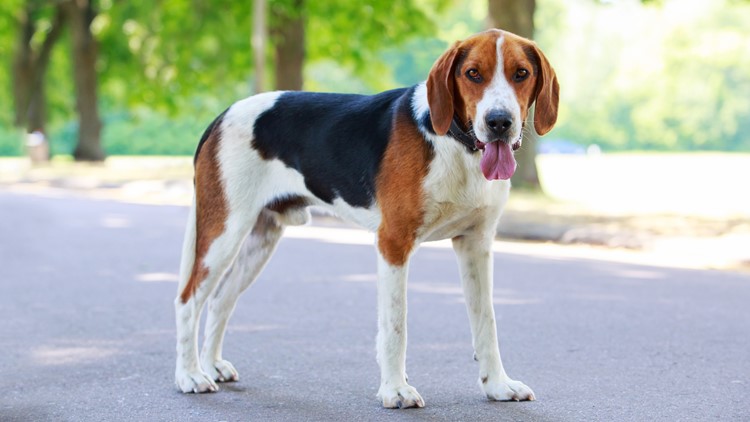INDIANAPOLIS — The topic of keeping your pets safe in the hot, summer months gets brought up each year, but it's something that shouldn't go ignored.
The Humane Society of the United States is sharing ways to keep pets safe and cool in the summer.
- Never leave pets in a parked car. Leaving pets locked in cars is never safe, even if it's just for a few minutes or if the car is still running with the air conditioning. Pets can suffer irreversible organ damage or die.
- Watch the humidity. Even if the temperatures aren't high, the humidity can have a lasting effect on pets. According to Dr. Barry Kellogg, VMD, of the Humane Society Veterinary Medical Association Animals, "animals pant to evaporate moisture from their lungs, which takes heat away from their body. If the humidity is too high, they are unable to cool themselves and their temperature will skyrocket to dangerous levels—very quickly."
- Limit exercise on hot days. Exercise should be adjusted according to the temperature and humidity. Think about starting early on the morning or late in the evening to avoid the hottest parts of the day. Walk pets on the grass because the asphalt can burn their paws. Always bring water for pets when on walks.
- Don't rely on a fan. Since pets sweat primarily through their feet, fans don't cool off pets as effectively as humans.
- Always check water bowls and available shade. If pets are outside, make sure there is plenty of shade, as well as fresh, cold water. Ice can be added to water to make it cooler quicker.
- Help pets stay cool inside and out. It's a good idea to keep water inside and outside, so there's always an option to hydrate. A cold bath can provide a much-needed cool-off. There are also cooling body wraps, vests or mats available.
- Watch for signs of heatstroke. Signs of heatstroke include heavy panting, glazed eyes, a rapid heartbeat, difficulty breathing, excessive thirst, lethargy, fever, dizziness, lack of coordination, profuse salivation, vomiting, a deep red or purple tongue, seizure and unconsciousness. Animals that are very old, very young, overweight, not conditioned to prolonged exercise, or have heart or respiratory disease are typically most at risk for heat stroke.
- Prepare for unexpected power outages. Include pets in a disaster plan in case of power outages from summer storms.
Click here for more information from the Humane Society of the United States.



